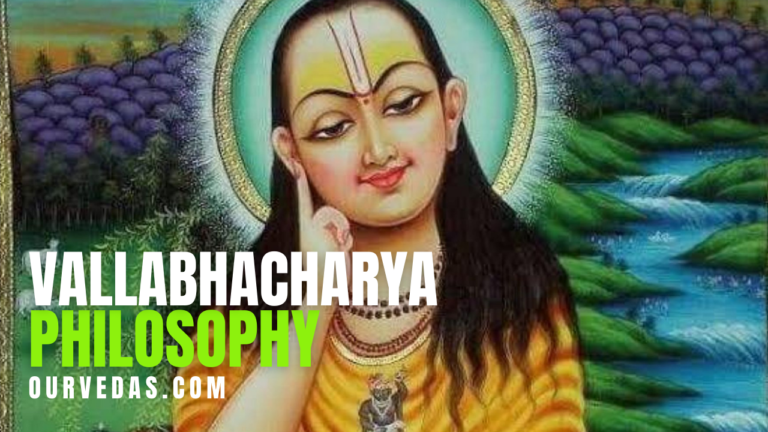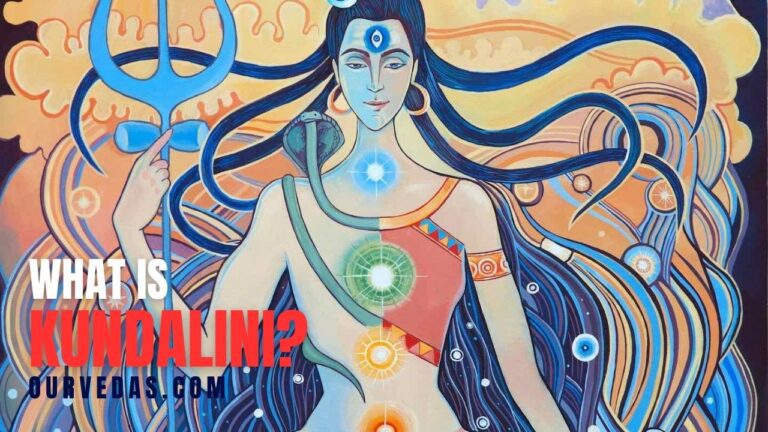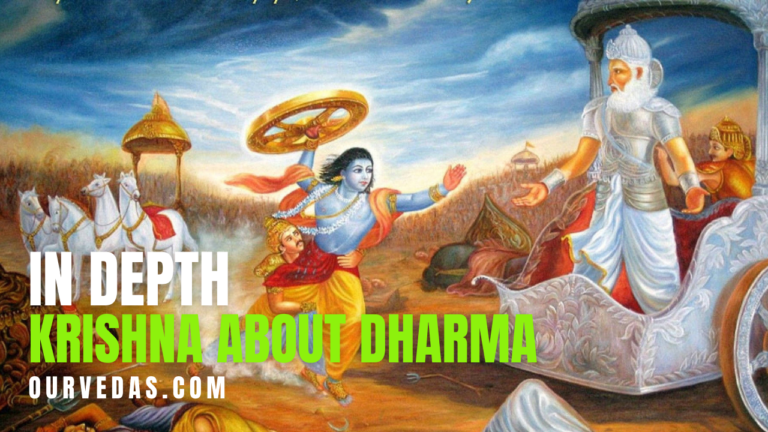Who is Hayagriva God?
Hayagriva God is an important deity in Hindu mythology, representing wisdom, knowledge, and education. This incarnation of Lord Vishnu carries the head of a horse. The meaning of “Hayagriva” is “horse-necked,” which depicts the appearance and role of this avatar of Lord Vishnu.
![]()
Various texts point out that Hayagriva God is mainly worshipped for saving and spreading knowledge. One of the most often-heard stories about Hayagriva is that he saved the sacred Vedas. According to myth, Madhu and Kaitabha, two demons, abducted the Vedas from their resting place when they were kept deep within the ocean of milk. To recover them, Vishnu took the form of Hayagriva God. Lord Vishnu defeated the demons and restored the Vedas to their rightful place. Since then, Hayagriva God has been depicted as a protector of the knowledge.
In modern times, Hayagriva God is worshipped by students and scholars who are seeking blessings for academic success and intellectual insight.
Hayagriva God is worshipped to enhance one’s intellectual pursuits and clarify complex concepts. His image can often be seen in educational institutions, where students and teachers pay their respects and seek his guidance.
In artworks, Hayagriva God can be seen dressed in ornate clothes and ornaments and usually sitting on a lotus. He has a horse head. The sacred scriptures are often shown in his hands, representing the sacred wisdom that he protects. These depictions are at once an inspiration for meditation and a reminder of the value of learning in Hindu philosophy.
The worship of Hayagriva God is not region-specific; he is known and worshipped across different parts of India. In Tamil Nadu, for example, there are temples dedicated to him as a vital force in the pursuit of knowledge and spirituality. It is very interesting that Goddess Saraswati also represents wisdom and fine arts. Hence, in some traditions, Hayagriva is even related to the goddess Saraswati.
Moreover, Hayagriva’s teachings transcend religious texts. They focus on ethical learning and the proper application of knowledge. He is considered a guiding figure who inspires people to study diligently while holding onto moral values. This holistic approach to education reflects the concept that true knowledge is not just academic but also encompasses wisdom and ethical conduct.
What is the story of Hayagriva Avatar?
Hayagriva God is one of the lesser-known avatars of Lord Vishnu. The story of the Hayagriva avatar is a fascinating tale that highlights the themes of restoration, wisdom, and the importance of sacred knowledge in Hindu mythology.
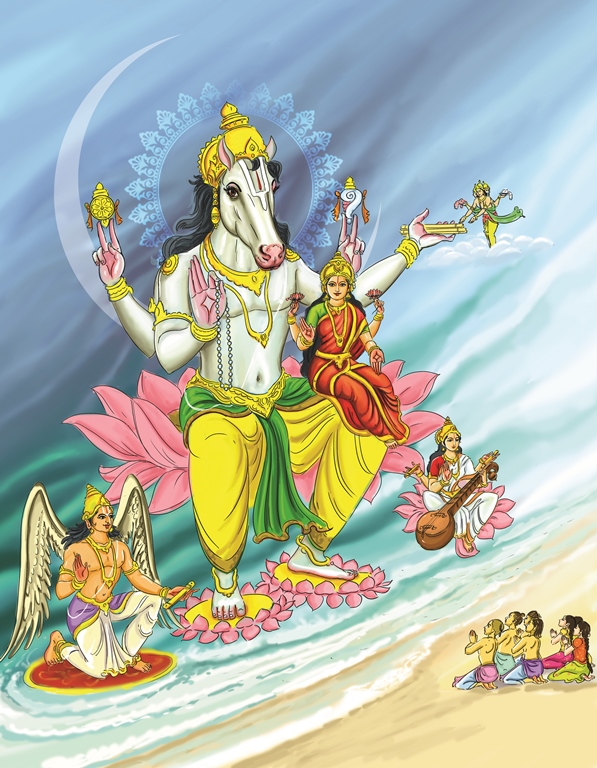
As we have already told you, Hayagriva means “horse-necked.” Thus, in this avatar, Lord Vishnu took the form of a man with the neck and face of a horse.
This avatar has its links to the famous act of churning the ocean of milk, called “Samudra Manthan.” Gods and demons collaborated for a mutual extraction of valuable treasures that flowed out from this ocean of milk. One such valuable treasure was the Vedas. They included all knowledge and wisdom of the cosmos. The Vedas also knew human enlightenment and the evolution of the spiritual as well as intellectual selves. But while churning, two mighty demons named Madhu and Kaitabha stole the Vedas and hid them. This made the world sink into darkness and ignorance.
In this situation, the Devas prayed to Lord Vishnu for rescue. Knowing that the problem was critical, Vishnu transformed himself into Hayagriva God to face the demons. With the head of a horse, Hayagriva personified qualities of strength and intellect, making him an ideal force to retrieve the stolen scriptures. Determined and empowered with divine energy, Hayagriva fought fiercely against Madhu and Kaitabha.
The fierce battle lasted for several days. Hayagriva God, in the end, killed Madhu and Kaitabha and recovered the Vedas. It marked a moment of great significance in Hindu mythology: the victory of light over darkness and knowledge over ignorance. Not only do the Vedas constitute spiritual wisdom, but they are also the standards of moral and ethical values for life. With the revival of them, Hayagriva ensured that this divine wisdom benefited humanity and was instrumental in helping its further evolution spiritually and intellectually.
Hayagriva’s worship is connected to the preservation of the Vedas, but he is also associated with the worship of Goddess Saraswati, which is dedicated to knowledge, music, and the arts. Saraswati and Hayagriva symbolize the interlink between knowledge and the arts and enlighten the importance of education in every form. Many scholars and students appease Hayagriva to get his blessings in their educational pursuits and request his guidance to augment their understanding and knowledge.
The significance and worship of Hayagriva God exist throughout many Indian states as the state is home to various temples and shrines that can be located to his name. He is worshipped in the sanctum sanctorum, where devotees, over numerous hymns, offer prayers to achieve divine favors of knowledge, clarity, and intellectual achievements.
Hayagriva Mantra Lyrics
The Hayagriva mantra is one of the powerful and sacred chants in Hinduism dedicated to Lord Hayagriva, the god of knowledge and wisdom. Most students and scholars chant the mantra for blessings by Hayagriva for clarity of thought, enhanced learning, and protection against ignorance. The lyrics typically focus on Hayagriva’s divine attributes, as well as his role in being the protector of the Vedas.
![]()
A commonly recited version of the mantra is:
GNANA NANDHA MAYAM DEVAM
NIRMALAM SPATIKA KRITHIM
ADHARAM SARVA VIDHYANAAM
OM HAYAGREEVAYA UPASHMAHE
This short yet profound mantra can be expanded with additional verses that praise Hayagriva’s qualities and urge him to bestow upon the devotee the light of knowledge and understanding. Repeating the mantra is thought to enhance concentration, promote mental clarity, and foster a conducive environment for learning.
The Hayagriva mantra can be practised daily by devotees, which enables them to develop a mindset for scholarship and creativity. While chanting the mantra, the practitioners seek inspiration from the divine and remind themselves to continue seeking knowledge and wisdom in every walk of life. Therefore, the Hayagriva mantra is a spiritual tool for enlightenment and intellect that links the worshippers to the source of wisdom.
Famous Hayagriva Temples in India
There are a number of famous Hayagriva temples across the Indian terrain, as mentioned below:-
- Hayagriva Madhav Temple, Assam: It lies among the villages of Kojal in Assam. In other words, the temples are constructed over Lord Hayagriva, and they are situated on Umananda Island inside the Brahmaputra River.
- Hayagriva Temple, Hampi, Karnataka: Hampi is a town with a rich history and heritage, and this temple is dedicated to Lord Hayagriva. Beautiful sculptures and architecture represent the legacy of the Vijayanagara Empire.
- Hayagriva Swamy Temple, Tamil Nadu: This temple is situated in the town of Kanchipuram and is devoted to Lord Hayagriva, who is worshipped for knowledge and wisdom. It is known for its excellent architecture and peaceful environment.
- Hayagriva Temple, Tirumala, Andhra Pradesh: This temple is also dedicated to Lord Hayagriva and is situated close to the renowned Tirupati Temple. Devotees frequently visit this temple to receive the blessing of knowledge and success in their academic endeavours.
- Hayagriva Temple, Mahabalipuram, Tamil Nadu: This ancient seaport town has the temple of Lord Hayagriva surrounded by rock-cut caves and sculptures from centuries ago, which attract many tourists and devotees.
These temples are not only religious but also represent the glorious cultural heritage of India.
FAQs
What was Churning of Ocean?
The Churning of the Ocean, known as “Samudra Manthan,” is a central event in Hindu mythology that symbolizes the cosmic struggle between the Devas (gods) and Asuras (demons). The story begins with the Devas losing their power and immortality, which leads them to seek the elixir of immortality, called amrita.
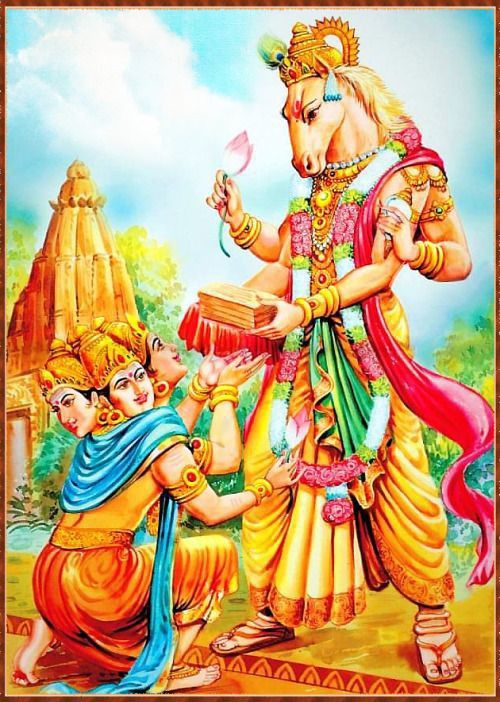
To obtain the amrita, the Devas and Asuras decided to work together in churning the Ocean of Milk (Kshira Sagara). They used Mount Mandara as the churning rod and the serpent Vasuki as the rope. The Devas held the tail of Vasuki, while the Asuras held his head. As they churned the ocean, a great number of treasures appeared. They included:
- Lakshmi: The goddess of wealth and beauty.
- Varuni: The goddess of wine.
- Apsaras: Celestial nymphs.
- Kalpavriksha: The wish-fulfilling tree.
- Dhanvantari: The divine physician who brought forth the pot of amrita.
However, along with these treasures, a dangerous poison known as Halahala was released. This poison threatened to destroy all of creation. To save the universe, Lord Shiva drank the poison. The poison’s effect was that Shiva’s throat turned blue. Thereafter, Shiva was known as “Neelkanth.”
Also Read: Neela Saraswati Mantra


